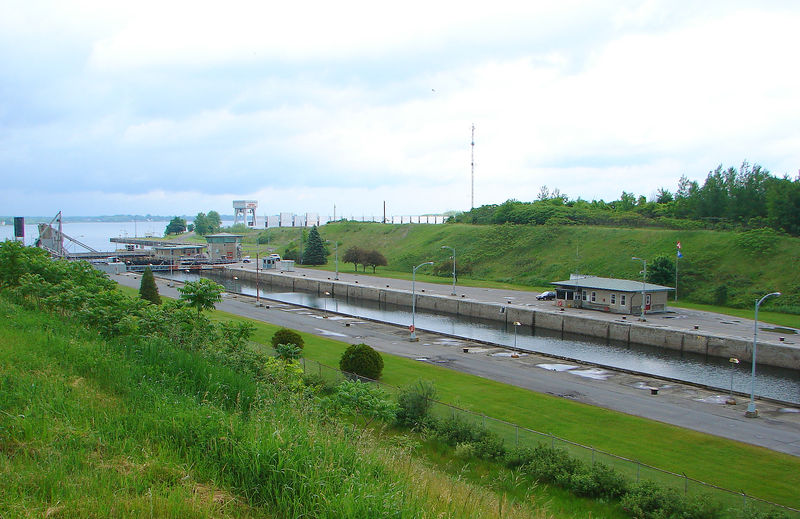Business and Economy
St. Lawrence Seaway hopes for smooth sailing after traffic falls 10 per cent
MONTREAL – The St. Lawrence Seaway is expected to end the year with cargo traffic down almost 10 per cent, but the weather phenomenon known as El Nino and a strengthening economy are buoying hopes of a turnaround next year.
Terence Bowles, CEO of the St. Lawrence Seaway Management Corp., had anticipated growing global demand for this shipping season, but ultimately the key transportation corridor couldn’t sustain the big upswing since the 2008 financial crash.
“We were hoping this would just keep going,” he said in an interview. “But I think the economy has run into a bit of a rough patch and that was reflected in our numbers.”
Heavy ice caused another late start to the season, with the amount of grain, iron ore and coal shipped along the 3,700-kilometre waterway all down. Coal sustained the biggest drop, falling nearly 38 per cent.
Coal is under stress as Ontario and the United States continue to wean themselves off the fuel, Bowles said, adding that the export business to Europe has also dried up as low prices no longer make it economic to ship low sulphur coal from the U.S.
Grain was “a really good story” this year, even though shipments are running about 11 per cent below a strong 2014, he said.
Shipments are up almost a million tonnes above the five-year average.
Ontario grain has been a growing source of business passing through the Port of Hamilton.
With just a couple of weeks to go before the seaway closes Dec. 30, cargo traffic is down 10.5 per cent to 31.5 million tonnes as of the end of November.
“We’re a bit of a bellwether for the economy and so I expect that to be better next year,” said Bowles. “How much better is the question.
”
Weather forecasters predict that this winter will see a stronger El Nino – a warming of waters in the equatorial Pacific – that will bring milder temperatures to Eastern Canada, meaning less ice and an earlier opening of the seaway. Heavy ice buildup in the Great Lakes earlier this year caused the latest seaway opening since 1997.
That put the seaway’s April traffic 1.5 million tonnes behind the prior year, although subsequent months were healthy.
Harsh winters over the last two years tested the system as a limited supply of icebreakers were stretched thin across a large area of water.






















